Category: Kansas state government
-
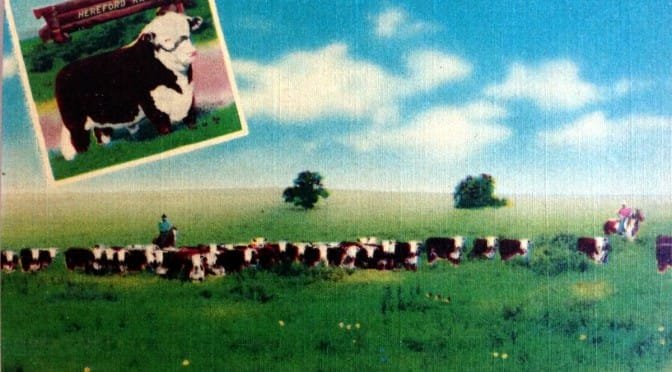
The Kansas economy and agriculture
There’s no need for Kansas state government to exaggerate the value of agriculture to the Kansas economy.
-
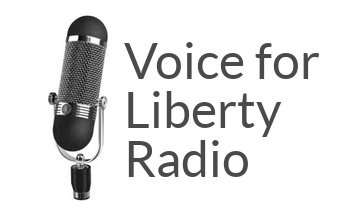
Kansas Budget Director Shawn Sullivan
Kansas State Budget Director Shawn Sullivan spoke at the Wichita Pachyderm Club on August 21, 2015.
-
Kansas sales tax rate history
History of sales tax rates in Kansas.
-
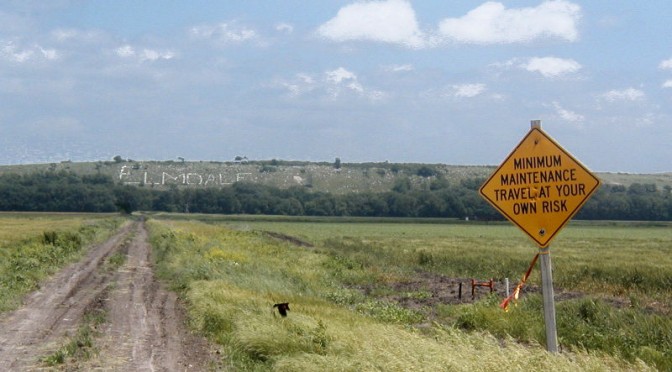
Kansas needs low taxes
Two research papers illustrate the need to maintain low taxes in Kansas, finding that high taxes are associated with reduced income and low economic growth.
-

Kansas legislators: Don’t raise taxes
To balance the budget, there are many things Kansas lawmakers could do other than raising taxes.
-
WichitaLiberty.TV: Kansas legislative failure means you pay
The Kansas Legislature has had several years to come up with plans for reforming government spending. But it didn’t do that.
-
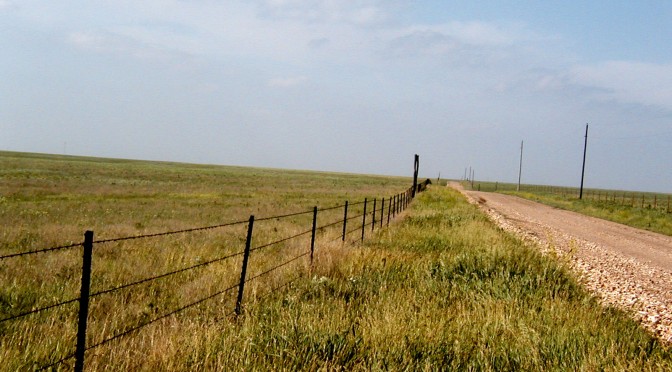
In Kansas, a lost legislative opportunity
Leaders in the Kansas legislature and executive branch tell us the only way to balance the Kansas budget this year is by raising more revenue through taxation. That may be true, as reforming spending and budgeting takes time to accomplish. We had the time. But our legislature and executive branch squandered that opportunity. Now, they…
-

More government spending is not a source of prosperity
Kansas needs to trim state government spending so that its economy may grow by harnessing the benefits of the private sector over government.
-
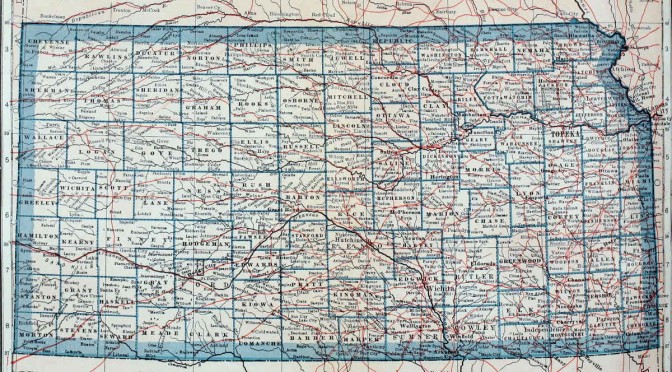
The Kansas revenue problem in perspective
If we take the budgetary advice of a former Kansas state budget official, we need to be ready to accept the economic stagnation that accompanied his boss’s tenure.
-

Efficiency has not come to Kansas government
Kansas state government needs to cut spending, but finds itself in a difficult situation of its own making.
-
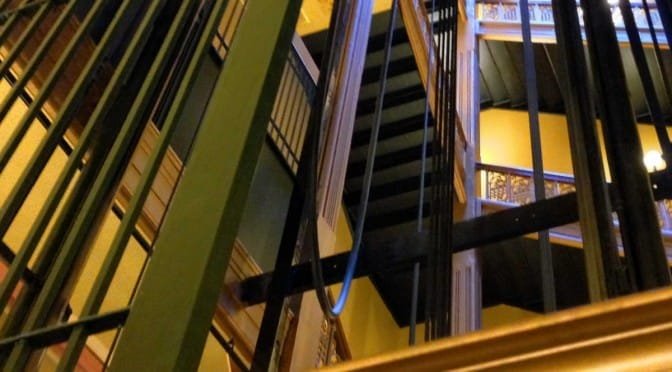
Political perspective masquerades as ‘documentary’
A documentary film about the Kansas budget is based on unfactual material. Dave Trabert of Kansas Policy Institute explains.
-
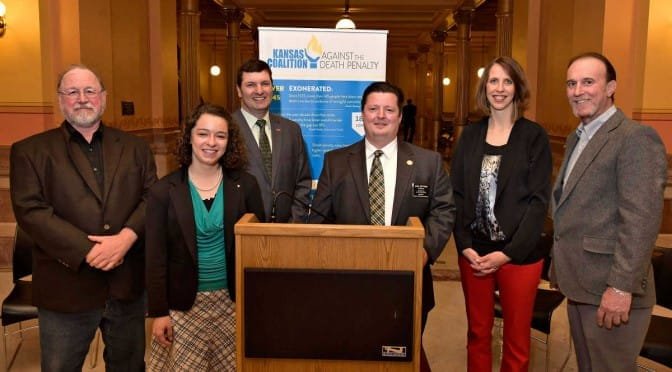
Kansas conservatives call for repeal of death penalty
Today at the Capitol, Representative Bill Sutton, R–Gardner, joined a group of conservative leaders calling for support of HB 2129. This bill would replace the death penalty in Kansas with life in prison without the possibility of parole.